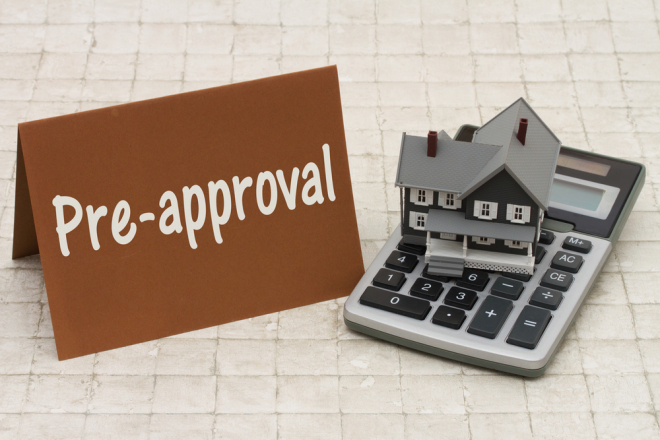
Are you ready to take the leap into homeownership? One of the first steps in the homebuying process is obtaining a pre-approval letter for a mortgage. This letter not only gives you a clear picture of how much house you can afford but also shows sellers that you’re a serious and qualified buyer. In this comprehensive guide, we’ll walk you through the steps to secure a pre-approval letter for your mortgage, making your journey to homeownership smoother and more efficient.
Understanding Pre-Approval:
Before diving into the process, let’s clarify what a pre-approval letter actually is. A pre-approval is a preliminary evaluation by a lender that determines if you qualify for a mortgage and, if so, how much you can borrow. It’s based on factors like your income, credit score, employment history, and debt-to-income ratio.
Steps to Obtain a Pre-Approval Letter:
- Gather Necessary Documents:
- Start by gathering essential documents such as proof of income (pay stubs, W-2 forms, tax returns), identification (driver’s license, passport), and financial statements (bank statements, investment accounts).
- Lenders may require additional documentation, so be prepared to provide any requested information promptly.
- Check Your Credit Report:
- Obtain a copy of your credit report from all three major credit bureaus (Equifax, Experian, TransUnion).
- Review your report for errors or discrepancies that could affect your credit score and mortgage eligibility.
- Address any issues or inaccuracies before applying for pre-approval.
- Calculate Your Budget:
- Use online mortgage calculators to estimate how much you can afford based on your income, expenses, and down payment.
- Consider factors like property taxes, homeowners insurance, and closing costs when determining your budget.
- Shop Around for Lenders:
- Research and compare mortgage lenders to find one that offers competitive rates and terms.
- Consider factors such as customer reviews, loan options, and responsiveness when choosing a lender.
- Submit Your Application:
- Contact your chosen lender and complete a mortgage pre-approval application.
- Provide all required documents and information accurately and promptly to expedite the process.
- Undergo Financial Review:
- The lender will review your application, credit report, and supporting documents to assess your financial situation.
- Be prepared to answer any questions or provide additional documentation as requested.
- Receive Your Pre-Approval Letter:
- Once the lender completes their review, they’ll issue a pre-approval letter indicating the maximum loan amount you qualify for.
- Review the letter carefully to ensure all details are accurate, including the loan amount, interest rate, and expiration date.
Tips for a Successful Pre-Approval Process:
- Maintain Good Credit: Pay bills on time, keep credit card balances low, and avoid opening new accounts before applying for a mortgage.
- Avoid Major Financial Changes: Hold off on making large purchases or changing jobs during the pre-approval process, as these can impact your eligibility.
- Provide Complete Documentation: Submit all requested documents accurately and in a timely manner to avoid delays.
- Communicate with Your Lender: Stay in touch with your lender throughout the process and ask questions if you’re unsure about any aspect of the pre-approval.
Conclusion:
Obtaining a pre-approval letter for a mortgage is a crucial step in the homebuying journey. By following the steps outlined in this guide and staying proactive and organized, you can streamline the process and position yourself as a qualified and serious buyer in the eyes of sellers. With your pre-approval letter in hand, you’ll be one step closer to finding your dream home and making it a reality. Happy house hunting!


 Facebook
Facebook
 X
X
 Pinterest
Pinterest
 Copy Link
Copy Link

